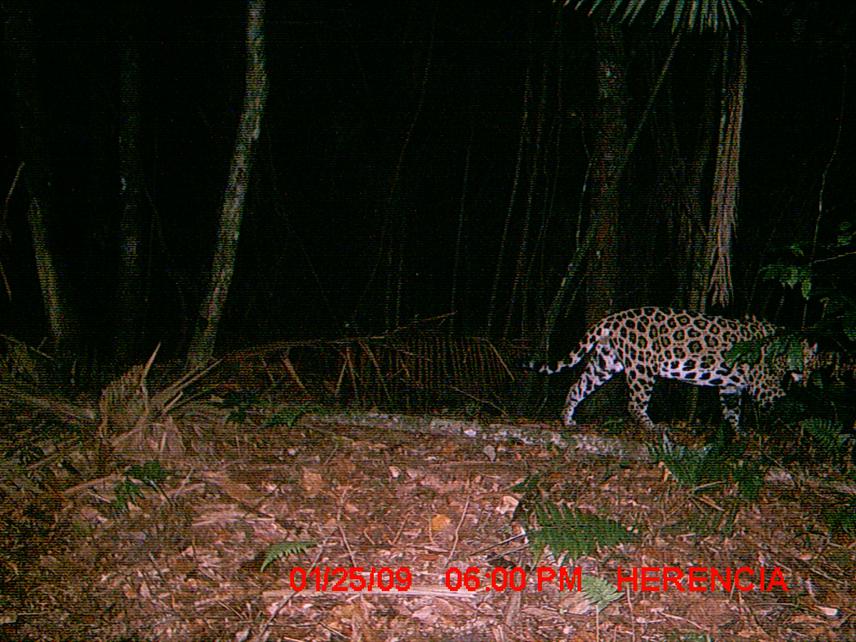Cristal Ange
The aim of the project is to develop a plan to conserve the jaguar and other large felines in the IBA “Valley of San Salvador” located in the buffer zone of the Sierra Nevada National Park and Indigenous Reserve, with the active participation of peasants and aborigines.

The IBA “Valley of San Salvador” has been identified as a priority area for conservation because it covers areas of pristine habitat that have been lost in other parts of the Sierra Nevada of Santa Marta, a centre of high endemism and biodiversity. The presence of large mammals has been detected in previous characterizations of the area, but very little is known about the populations of the large felines. This project should be considered the first step towards the definition of the actual state of jaguars (home range, habitat use, etc.) outside the eastern boundaries of the Sierra Nevada National Park and Indigenous Reserve, in an effort to promote the long term viability of this species in one of the two last places in the Colombian Caribbean where jaguars may survive extinction.
The participation of the local community in this effort is the basis of the project, as the basic information for this plan will be collected through a series of workshops regarding local knowledge of the jaguar with members of the community, both peasants and aborigines, as part of a conservation education strategy. Evidence of the jaguar in the IBA, the primary information of the project, will be gathered by a team of trained locals with the aid of camera and footprint traps. The results of this participatory project will provide, first, the basis for scientists to design an in depth field data collection methodology, a statistical analysis and a model to estimate jaguar populations and their viability and, second, it will ensure the participation of the local communities, who ultimately make the every-day decisions that affect the environment, in the conservation strategies that can be devised by themselves and implemented right away.